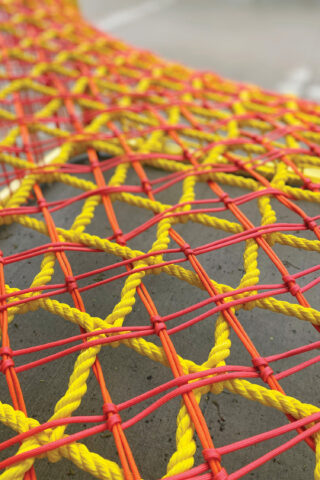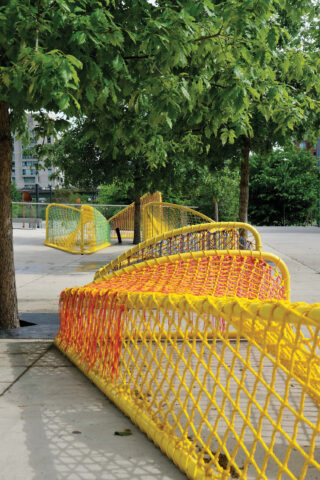
In a recent Here & Now interview on NPR by Scott Tong with Boston’s Berklee College of Music professor Ben Camp, the immediacy of generative artificial intelligence (AI) was in full effect. At one point in the broadcast conversation, Camp suggested a few parameters (“a song about public radio in a musical style associated with Boston”) and Udio, an AI music generator, produced a song that was squarely within the specified style. I saw a similar party trick repeated at an outdoor high school concert, when a weather delay necessitated an unplanned intermission and the emcee conjured, in a matter of seconds, another AI-generated musical interlude for the audience. I mention these blips, on their face unrelated to architecture, because this is the context, or part of it, in which we approached this issue considering the future of the architecture profession. We are all interacting with generative AI more and more, and whether within music, art, or the built environment, these new systems are raising similar questions across the board for creators and audiences. As artist and architecture educator Curry Hackett told writer Beth Broome in this issue, “AI tools are simultaneously prompting age-old questions of authorship in architecture, while setting up possibilities for more collective and interdisciplinary models of labor and production.” Broome interviewed nine architecture educators, and ultimately their responses to her questions about AI’s role in curricula today may leave many of us with more questions than answers about how these tools will affect the practice of architecture, as increasing numbers of AI-proficient architects enter the profession.
As tantalizing as it is to follow the yellow-brick AI road, it is also important to think pragmatically about the many steps leading up to any pathway in the profession. As Stephen Zacks discusses in his reporting for this issue, NCARB has been rolling out its initiative to enable architects to become licensed without a degree from an accredited architecture school. Plenty of debate has ensued about whether this is the best means by which to create a diverse and equitable working environment for architects, and—whatever stance you take—I am sure these interviews will shed light on the complexities of the questions at hand.
In addition to examining the internal pressures and systems in flux for architects, we also look at how global external factors are shaping the future of architectural practice. Firms and individuals are “seeking out projects that align with their values, as gender equity, decolonization, and decarbonization have become pressing challenges,” writes Anthony Paletta in his examination of a shift away from traditional models. Surely, the appointment of a major technology company executive, Evelyn Lee, FAIA, NOMA, as the 2025 AIA president-elect, points to a future where firms large and small are aware of the need to diversify what it means to operate in the world as an architect.
We thank everyone who took the time to talk with our writers for this issue, and though our current understanding of the future of the architecture profession may seem outmoded even a year from now, we hope the questions raised here can be perpetually useful.




















